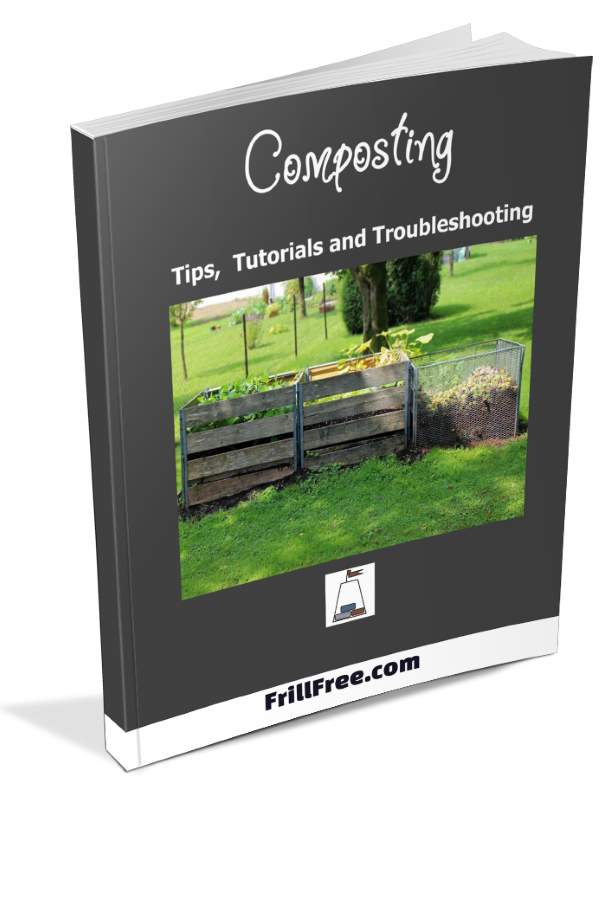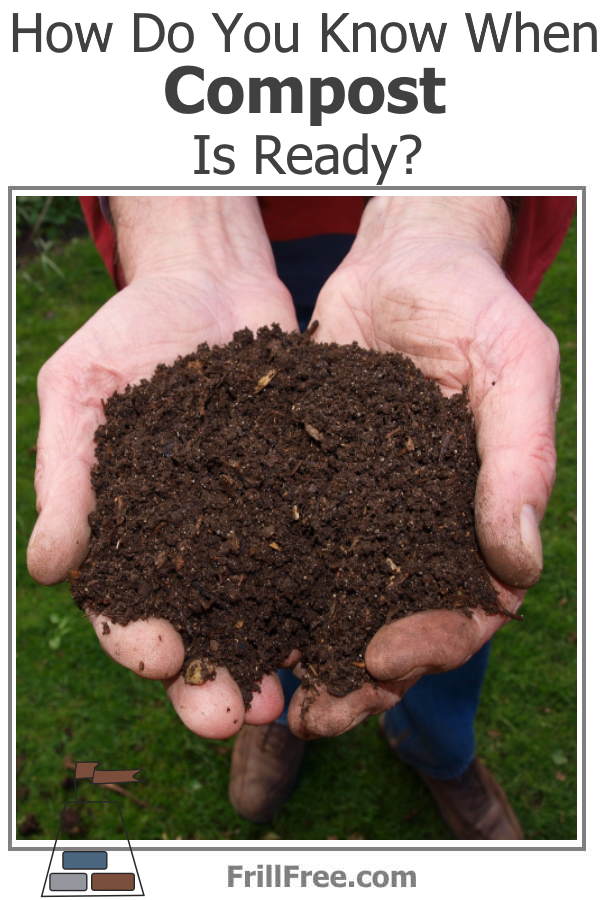- Homesteading
- Composting
- How Do You Know When Compost is Ready?
How Do You Know When Compost is Ready?
That Is The Question...
So you've followed the instructions, layered your kitchen scraps and brown materials and alternated with grass clippings in your compost bin. Now what?
Time is your ally, but waiting for the composting process to finish can be difficult - you want to use your compost now!
But unfinished compost on your garden will not help. The nitrogen ratio will be totally out of whack and the garden beds will be occupied with finishing the compost instead of supplying nutrients to your plants. Everything will be on hold until the compost is finished doing its thing. The process of decomposition takes the time it takes.
Don't make the mistake of simply putting vegetable scraps on the soil surface unless you plan on letting that particular bed lay fallow for the season. The best results are from a compost tumbler, compost bin or pile, where the black gold can undergo its metamorphosis from kitchen waste to usable fertilizer.
Some organic materials require a period of time in the center of the pile, or in a hot compost pile.
This would be things that may take a while to break down, such as yard waste and wood chips, or diseased garden plants. Weed seeds need this thermophilic treatment to prevent them from germinating after you spread the compost on your garden.
Cold composting, where you let things just rot down in place or without allowing them to heat up, won't prevent seeds from being viable.
Immature compost where the decomposition process doesn't get hot enough can be a major driver of weed spread.
Animal manures (especially horse manure) sometimes contain a lot of weed seeds that don't get digested in the animals stomach.
Plant diseases can also be spread in the same way, so a pile with smaller pieces (chop hard-to-decompose materials like corn cobs to increase the surface area) and the right moisture level will help make the best soil amendment.
A wood chipper to chop things up small enough will prevent unpleasant odors in garden waste and animal waste. The inside of a pile made like this will be too hot to put your hand in, and will steam on cold mornings.
Diseased plants can be safely disposed of in this kind of compost pile. Dairy products can be added to the center of the pile, along with things like placentas when your livestock gives birth. Use a hot composting method to get that natural process really moving along.
The right conditions can take care of things like even the tough and resilient avocado pits. The size of the materials is so important, but you'll get more experience the first time you start to put your compost on the flower garden.
Pay attention to the things that don't rot down. Sieve the compost and put the pieces that are too big back in for some extra time.
Compost too wet? If the compost smells it may need the addition of some dry leaves, chopped of course,and mixing with some garden soil to add the right micro herd. Too much water may cause odor problems
So how do you know when compost is ready to use?
The first thing to notice is the smell of the compost; if it's ready to use, it will just have an earthy smell.
Uncured compost will have obvious undecomposed and identifiable materials in it, which indicates that it needs to be stirred to add more air to it. The whole process of decomposition requires enough oxygen to make the microbial activity viable.
The typical phrases to keep in mind is that finished compost will have the consistency of chocolate cake, and feel like a wrung out sponge.
If you've constructed the compost pile in early spring, by the fall, the carbon-rich materials and all your other organic waste will have turned into nutrient-rich compost.
But it's not ready yet!
Ideally, it will mature over the winter, under cover or in plastic bags, ready for the next growing season.
Homemade compost can be a boon to the home gardener. You can tailor it to your needs, eliminating the use of chemical fertilizers completely.
Need help with your compost? Get the e-book;
















